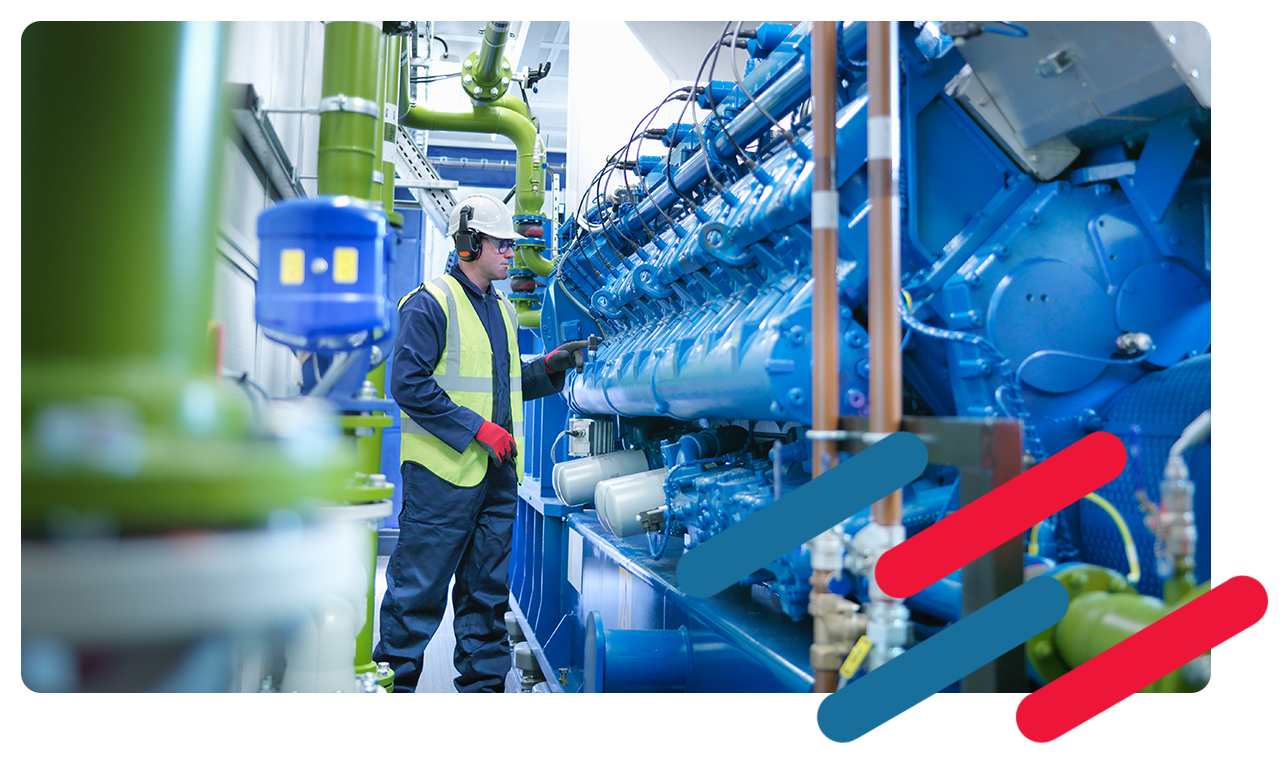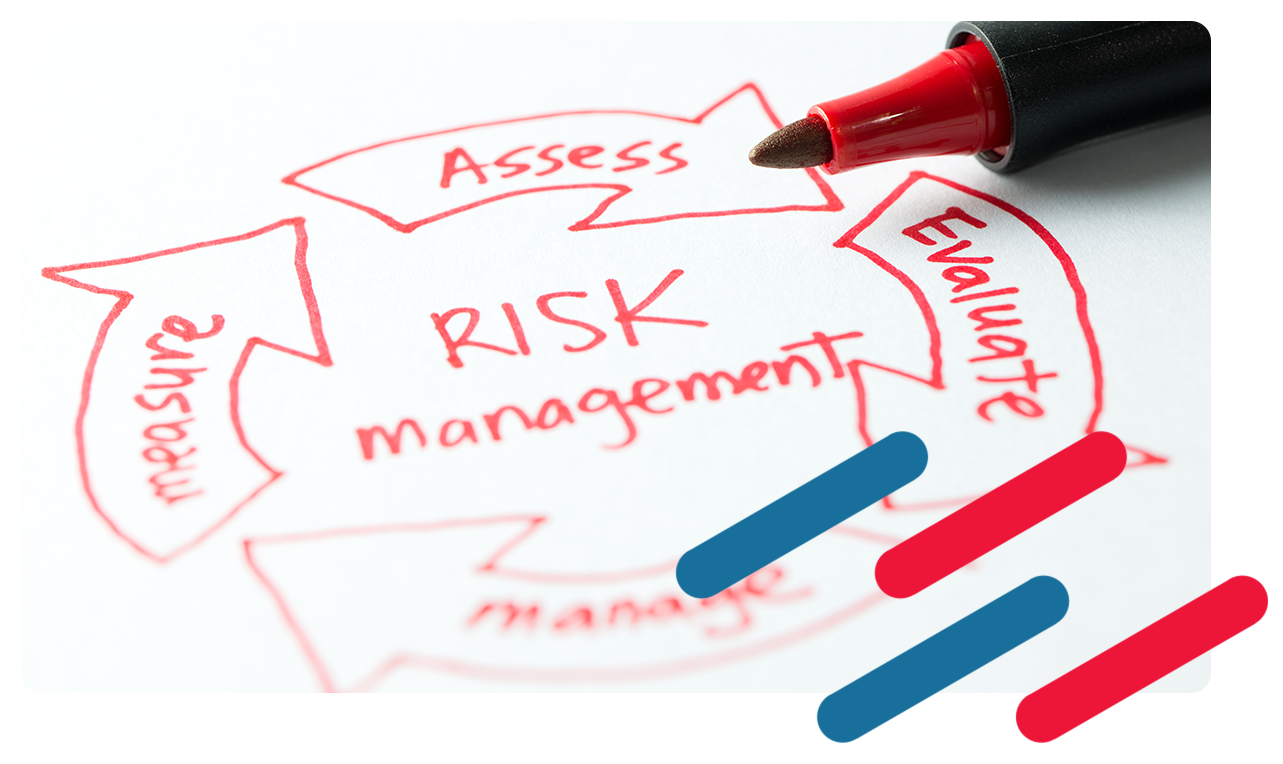Energy efficiency audits
Energy efficiency audits
Energy efficiency audit is an analysis that presents a company’s possibilities for improving energy efficiency in a specific area. The audit also indicates how and to what extent the company can achieve energy savings within the planned undertaking.
What is the purpose of conducting an energy efficiency audit?

An energy efficiency audit is necessary for a business when applying for white certificates or seeking financing for energy efficiency improvements. Whether it is a preliminary audit (before financing) or an audit conducted after implementing modernizations, the procedure determines the amount of energy savings achieved through planned or implemented upgrades. The energy efficiency audit also verifies assumptions and specifies actual energy savings. The report is submitted to the Energy Regulatory Office and serves as a document confirming the achievement of energy savings in the company.
The procedure of conducting an audit
Energy efficiency audit is conducted according to the requirements specified in the executive act to the Energy Efficiency Act*. In the case of each company, the audit procedure may vary, but key elements remain consistent in every case:
- Establishing the baseline state – involves determining the current energy consumption values in the specific area. This stage involves data gathering, often requiring on-site visits and cooperation between the auditor and the audited entity.
- Analysis of energy-saving possibilities – this is typically a crucial stage of the audit. Through comprehensive analysis and calculations based on the gathered data, potential areas for energy savings are identified, and the amount of saved energy is estimated.
- Proposing modernization possibilities – based on the conducted analysis and collected data, suitable modernization measures that can reduce energy consumption in the company are proposed. In consultation with the business owner, financial capabilities are considered, and preliminary planning of modernization works is done, aiming to minimize disruptions to the company’s operations.
- Economic analysis – in the early stages of the audit, energy savings are determined, and at this stage, the audit provides information about the costs that can be expected during the implementation of modernization measures and the estimated payback period of the investment.
*Regulation of the Minister of Energy dated October 5, 2017, regarding the detailed scope and method of preparing the energy efficiency audit and methods of calculating energy savings.
Energy efficiency audit vs. company energy audit
Energy efficiency audits are often confused with energy audits of a company. The documents can be combined, but they are two different certificates and cannot be used interchangeably. Both audits differ in several aspects. The significant differences are listed in the table.
| Area | Energy audits for companies | Energy efficiency audits |
|---|---|---|
| When is it necessary? | It is required for large companies. | It is required when applying for:
|
| What does it include? | It covers the entire energy economy of the company (minimum 90% of the energy consumed by the company). | It includes the selected area related to the energy efficiency improvement project. |
| What is the goal? | Determining the level of energy consumption in the company and potential savings. | It determines the amount of energy savings that will be achieved as a result of implemented modernizations or verifies assumptions and specifies actual savings obtained from already implemented changes. |
| Methodology | There are no rigidly defined requirements; however, it is recommended to follow the PN-EN 16247 standard and Directive 2012/27/EU. | Based on the requirements specified in the executive act to the Energy Efficiency Act, which is the Regulation of the Minister of Energy dated October 5, 2017, regarding the detailed scope and method of preparing the energy efficiency audit and methods of calculating energy savings. |
White certificates
Energy efficiency audits are the most commonly encountered audits in companies that apply for white certificates. The document is a confirmation of achieving energy savings, issued by the President of the Energy Regulatory Office (URE). White certificates are a form of financing with a value of 1 toe (ton of oil equivalent), which is equal to 41.868 GJ. Their value is determined by the price set on the Energy Exchange, where they can be sold on market terms.







